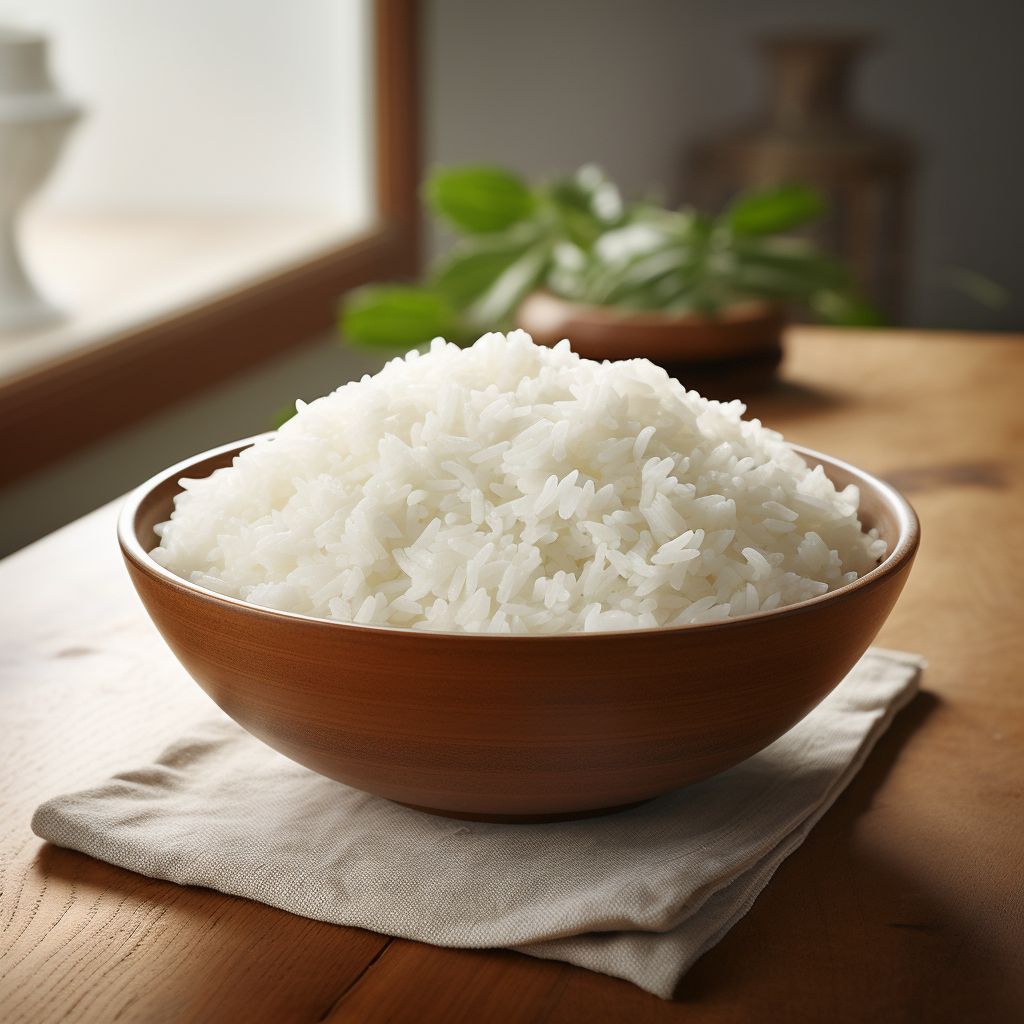
Rice is a staple food that has been a dietary mainstay in many cultures for centuries. It is not only a versatile ingredient in countless recipes but also a source of essential nutrients and energy. Whether you’re a fan of white, brown, basmati, or jasmine rice, knowing how to store and manage its shelf life is crucial to prevent waste and ensure food safety.
In this article, we’ll explore everything you need to know about the shelf life of rice, including uncooked and cooked rice, storage tips, and how to tell if your rice has gone bad.
Uncooked Rice vs. Cooked Rice
Before delving into the shelf life of rice, it’s important to distinguish between uncooked rice and cooked rice, as they have vastly different storage requirements and lifespans.
Uncooked Rice:
Uncooked rice is rice that has not been prepared for consumption. This can include various types of rice, such as white rice, brown rice, long-grain rice, short-grain rice, and more. Uncooked rice is a dry, starchy grain that can be stored for extended periods when kept in the right conditions.
Cooked Rice:
Cooked rice, on the other hand, is rice that has been prepared by boiling or steaming the grains. It’s a moist and perishable food item that requires careful handling and refrigeration to prevent spoilage.
How Long Uncooked Rice Lasts
Uncooked rice, when properly stored, can have an impressive shelf life. It largely depends on the type of rice and how it’s stored. Here are some general guidelines:
White Rice: White rice has a longer shelf life compared to brown rice due to its lower oil content. When stored in an airtight container in a cool, dry place, white rice can last anywhere from 4 to 5 years or even longer.
Please Head On keep on Reading (>)

